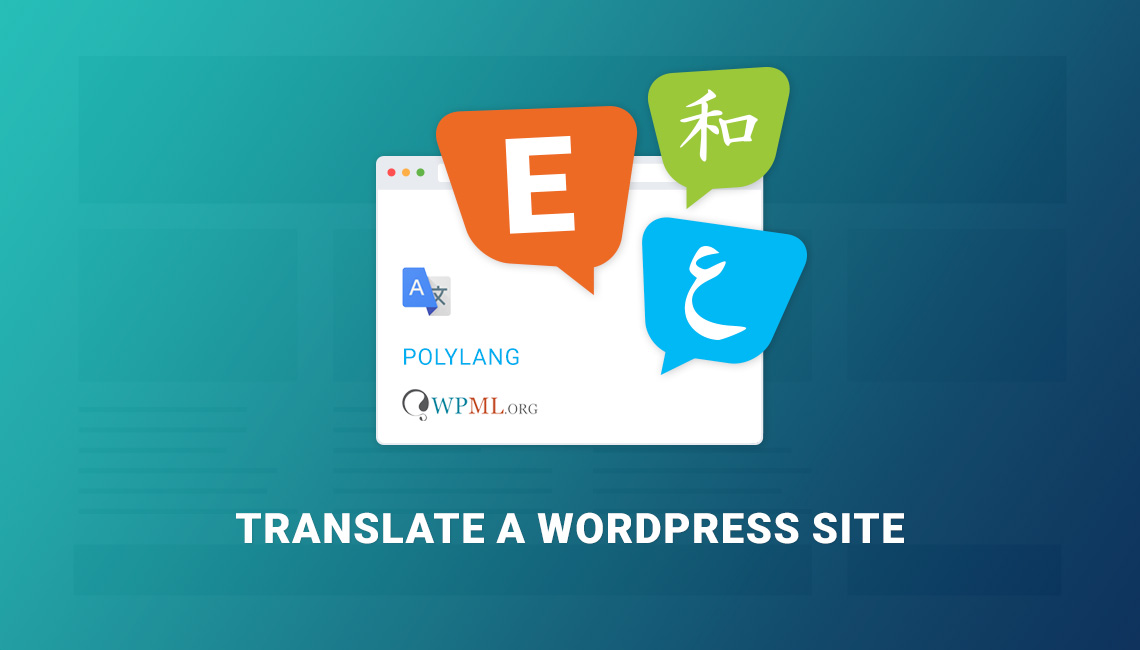
Making a site multilingual is not a difficult task as it might sound. You can easily get your site ready for audiences from more parts of the world. There are mainly two ways to offer multilingual contents on a site. One is using a machine translator and another is adding contents in different languages to the site and then delivering them to the audience using a plugin. We will explore the both methods. Here’s how to make WordPress site multilingual.
The auto-translator plugin method is easy. Just install and activate an automatic translator. It will translate the site contents using a third-party service. It can be Google Translator or so on. I found a plugin called “Google Language Translator” very popular in this purpose. I’ve used this piece while testing an automated translation method.
Once installed, you will get a settings page where you can choose the default site language, translation languages, translation button appearance, etc.
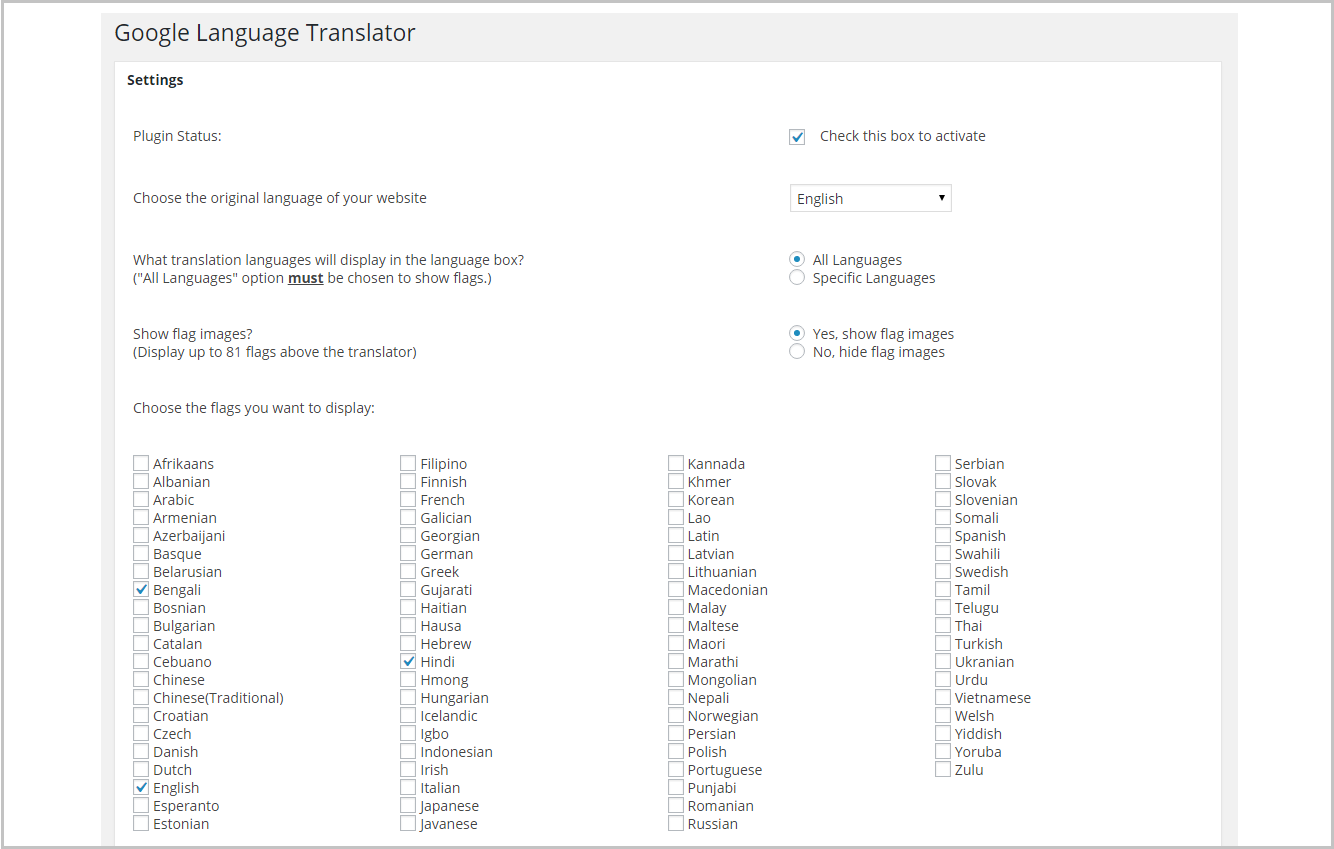
This is how the translation button looks on the front-end.
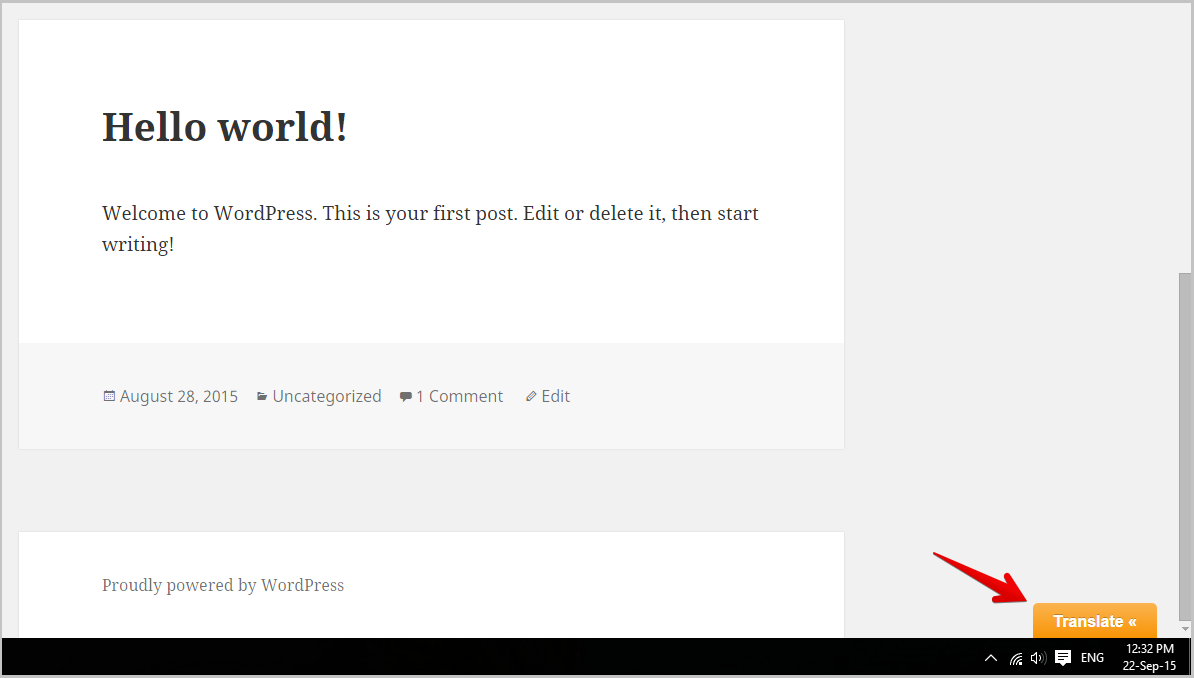
Click on the Translate button to select a language.

And the site will be translated into the selected language. You can choose another language from the site’s top left when it’s translated. This option is customizable.
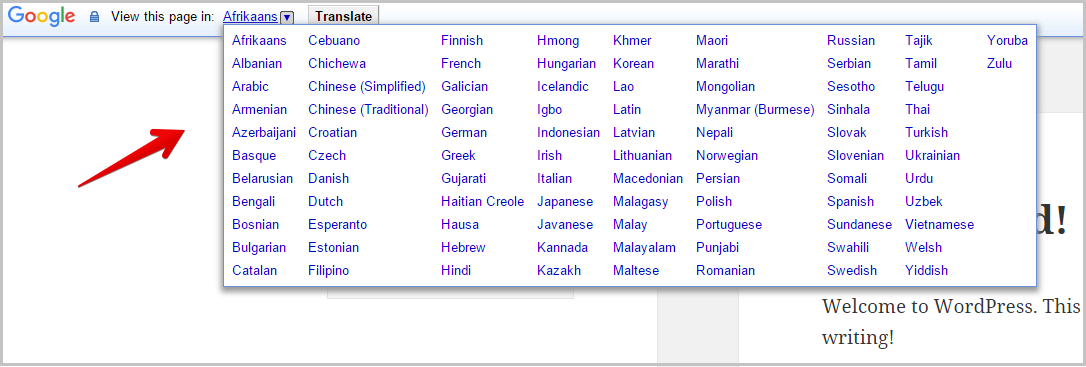
Okay, actually there is not much stuffs to discuss about the automated translation method. It’s easy to implement and use. But remember, machine translation may not deliver quality contents to your visitors.
This method works as the title suggests. There are several plugins you can use in this purpose such as Polylang and WPML. Ploylang is a free plugin, with available paid addon features like cloud based translation and localization. WPML is a premium plugin with a price tag starts at $29. Both of theme work in a similar fashion. Here I’ll show the basic concept of how to use WPML.
Well, you need to add contents in different languages and then deliver them according to language selections. After installing WPML, at first select the current content language and then decide in how many languages you will offer your website. Choose them from the language settings page.
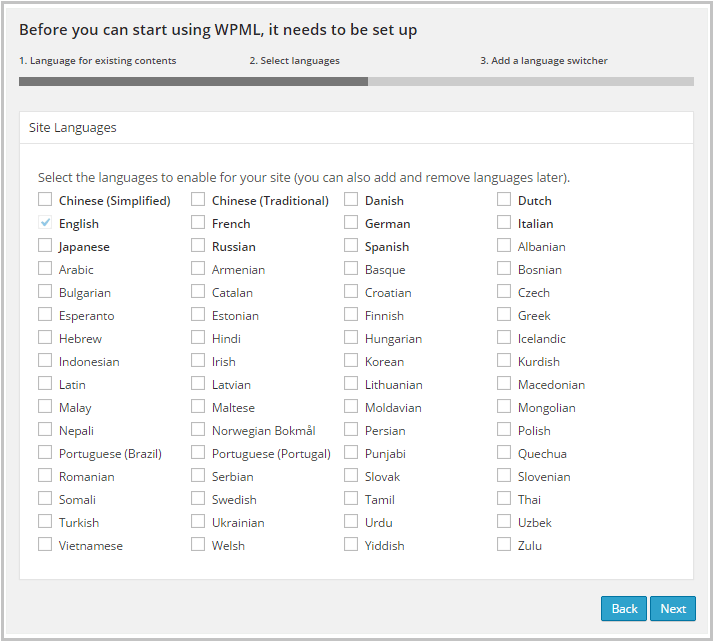
Add a language selector widget on your site’s sidebar, footer, menu or anywhere you want.
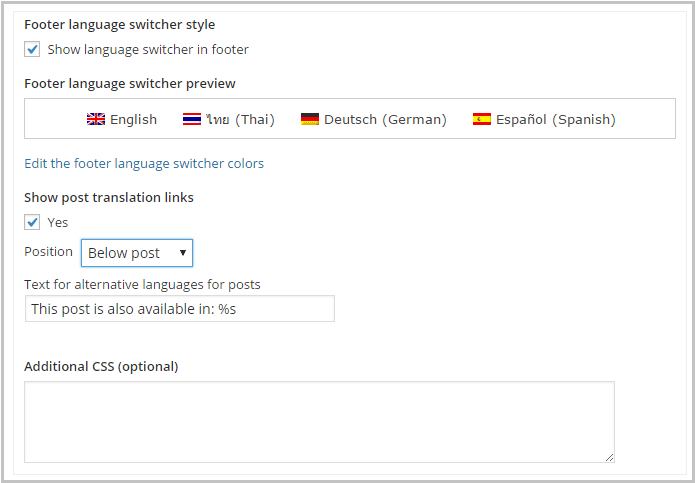
Then add multilingual contents to the site.
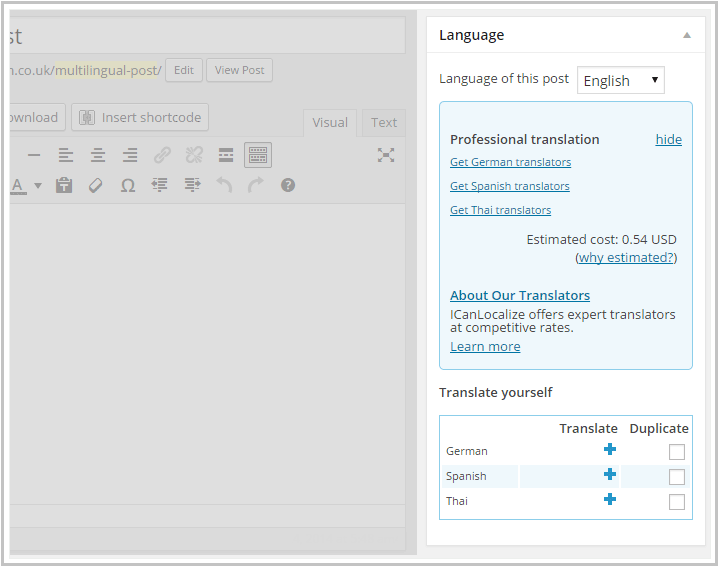
For an example, let’s say you want to offer the specific post of your website in 3 different languages. Now you need to prepare the contents of the post in that 3 target languages and add them to your website via the WPML plugin.
Finally, publish them. Now your visitors will be able to access the post in the 3 predefined languages. They just need to choose a language from the sidebar widget and other places where you’ve added a language switcher.
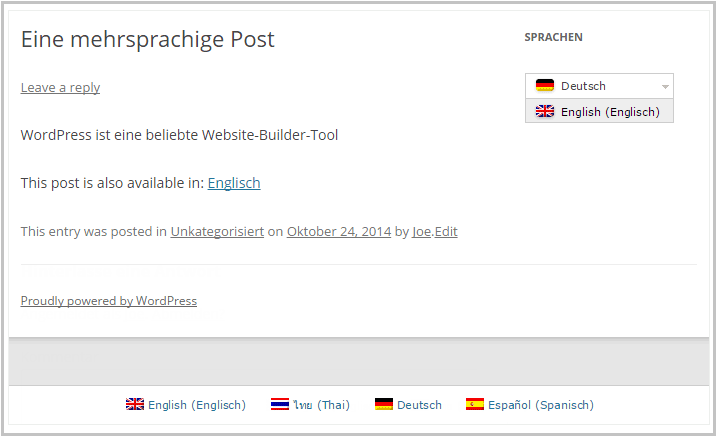
That’s it.
Do you have a multilingual site? Which method do you use to deliver contents in different languages? Please share with us via comments.